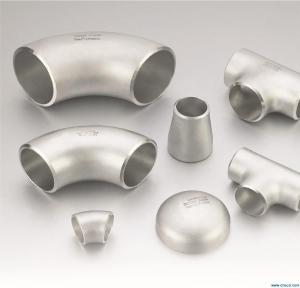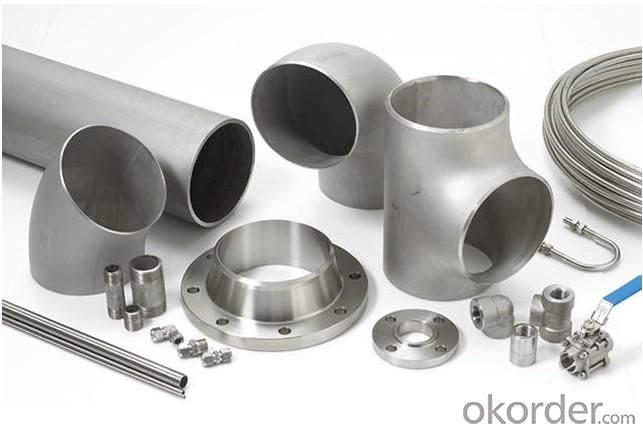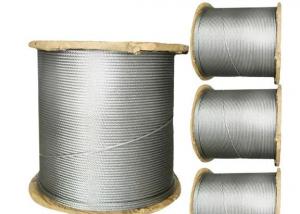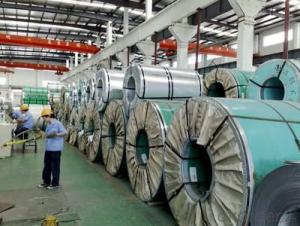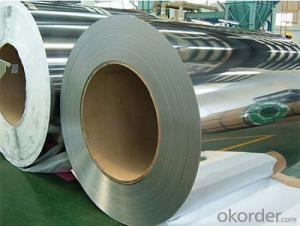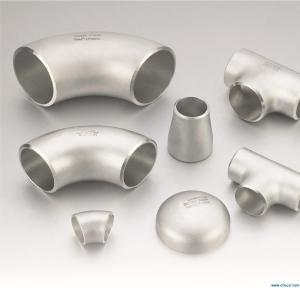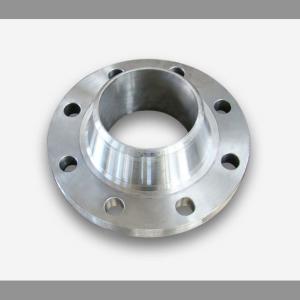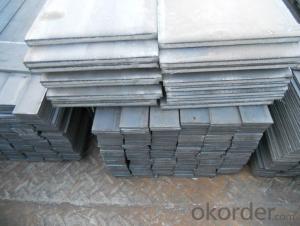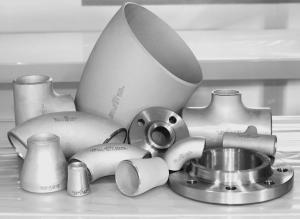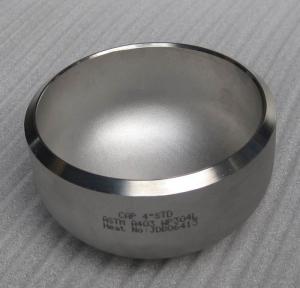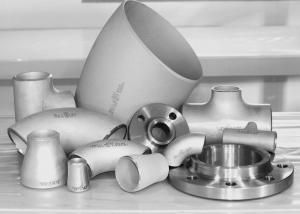Stainless Steel Reducer
- Loading Port:
- China Main Port
- Payment Terms:
- TT or LC
- Min Order Qty:
- 5 Pieces pc
- Supply Capability:
- 1000 Pieces Per Month pc/month
OKorder Service Pledge
OKorder Financial Service
You Might Also Like
Stainless Steel Fittings
Specifications Features:
1) Carbon steel fitting and stainless steel fitting
2) Standard: ASME, ANSI, API, JIS
1. BUTT WELDED FITTING:
2. Production acc. to the standard of GB /ASTM / ASME / DIN / JIS
ASTM B 16.9 /16.11 B 16.28 JIS B 2311/2220 DIN2617/2616/2615/2391
3. Types: Elbows, seamless and welded, LR & SR ,Bend -Equal and reducing Tees,
seamless and welded - Concentric and eccentric Reducers,seamless and welded -Caps
4. Wall thickness: From Sch5 up to Sch160/STD/XS/XXS
5. Material Grades: A403,WP304, WP304L, Wp316, WP316L, A234WPB
6. Dimensions: Seamless: from 1/2' up to 24'
7. size: From 1/2" up to 72"
Outer packing:Seaworthy plywood case
|
Grade |
TP304,TP304L,TP321,TP316L,TP310S etc. |
|
connection |
welding |
|
techniques |
forged |
|
Surface finishing |
180/240/320/400 grit |
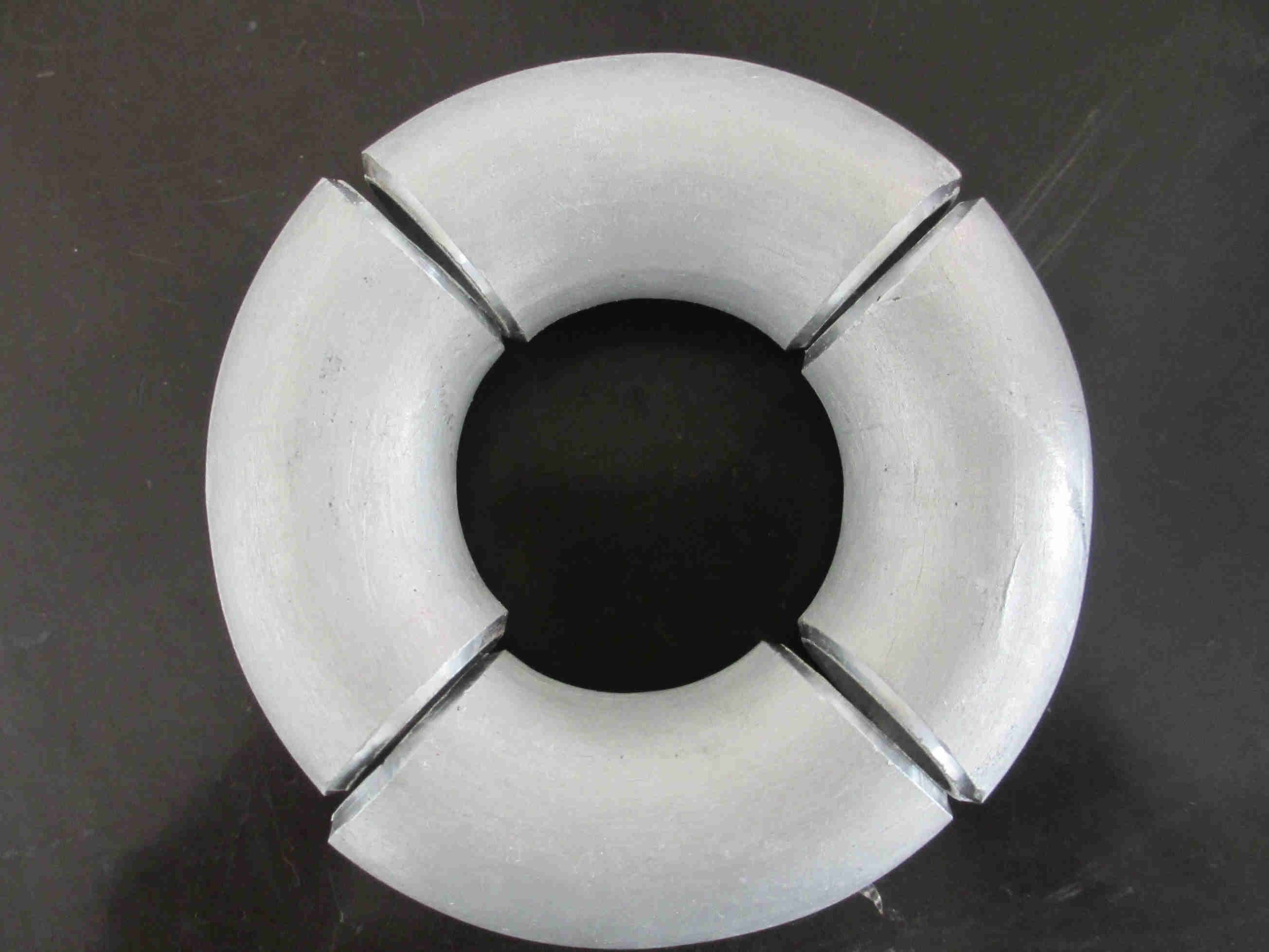
- Q: Are stainless steel flats resistant to intergranular corrosion?
- Yes, stainless steel flats are resistant to intergranular corrosion. This is due to the presence of chromium in their composition, which forms a passive oxide layer on the surface of the steel. This oxide layer acts as a barrier, preventing the penetration of corrosive elements and protecting the steel from intergranular corrosion. Stainless steel flats also contain other alloying elements like nickel and molybdenum, which further enhance their resistance to intergranular corrosion. Overall, stainless steel flats are known for their excellent corrosion resistance, making them suitable for a wide range of applications in various industries.
- Q: Can stainless steel flats be used in the manufacturing of kitchen appliances?
- Yes, stainless steel flats are commonly used in the manufacturing of kitchen appliances due to their durability, corrosion resistance, and aesthetic appeal.
- Q: Can stainless steel flats be used in the semiconductor industry?
- Yes, stainless steel flats can be used in the semiconductor industry. Stainless steel is known for its excellent corrosion resistance, high strength, and heat resistance, making it a suitable material for various applications in the semiconductor industry. Stainless steel flats can be used for fabricating components such as wafer carriers, chambers, and process tools. They can withstand the harsh chemical environments and high temperatures that are often encountered in semiconductor manufacturing processes. Additionally, stainless steel is non-magnetic, which is important in certain semiconductor applications where magnetic interference needs to be minimized. Overall, stainless steel flats are a reliable and widely used material in the semiconductor industry.
- Q: What is the difference between flat steel and steel sheet material?
- It is a kind of flat steel, flat steel plate is mainly used for general structure, construction, general machinery parts; and the steel plate is including carbon steel, alloy steel, high performance steel structure, this kind of material is.
- Q: Can stainless steel flats be etched or engraved?
- Yes, stainless steel flats can be etched or engraved. Stainless steel is a durable and versatile material that allows for various customization options. Etching involves using acid or a similar chemical solution to remove a thin layer of the stainless steel surface, creating a design or pattern. Engraving, on the other hand, involves cutting or carving the stainless steel surface to create a design or text. Both etching and engraving can be done on stainless steel flats to add personalization or decorative elements.
- Q: Can stainless steel flats be hardened by heat treatment?
- Yes, stainless steel flats can be hardened by heat treatment. The process involves heating the stainless steel to a specific temperature and then cooling it rapidly to create a hardened structure. This increases the strength and durability of the stainless steel flats.
- Q: How do you test the chemical composition of stainless steel flats?
- To test the chemical composition of stainless steel flats, several methods can be employed. One commonly used method is spectroscopy, specifically X-ray fluorescence (XRF) and optical emission spectroscopy (OES). XRF involves bombarding the sample with X-rays, which causes the atoms in the sample to emit characteristic fluorescent X-rays. These X-rays are then analyzed to determine the elemental composition of the stainless steel flats. This method is non-destructive and provides accurate results for a wide range of elements. OES, on the other hand, involves heating the sample until it emits light. The emitted light is then analyzed to determine the elemental composition. This method is also non-destructive and provides rapid results. Another method that can be used is energy-dispersive X-ray spectroscopy (EDS), which is commonly performed in conjunction with scanning electron microscopy (SEM). This technique involves bombarding the sample with an electron beam, causing it to emit characteristic X-rays. The emitted X-rays are then analyzed to determine the elemental composition. EDS can provide both qualitative and quantitative data about the chemical composition of the stainless steel flats. Additionally, chemical analysis can be performed by dissolving a small amount of the sample in an appropriate solvent and then subjecting it to various chemical tests. These tests can include titration, precipitation, or colorimetric reactions, which help identify and quantify the presence of specific elements or compounds in the stainless steel flats. It is important to note that these methods require specialized equipment and expertise to perform accurately. Therefore, it is recommended to consult with a qualified laboratory or professional to ensure reliable and precise results when testing the chemical composition of stainless steel flats.
- Q: Are stainless steel flats prone to rusting?
- No, stainless steel flats are not prone to rusting.
- Q: What are the weight and load-bearing capacities of stainless steel flats?
- The weight and load-bearing capacities of stainless steel flats can vary based on several factors, including the grade and thickness of the stainless steel, as well as the specific dimensions and design of the flat. Stainless steel flats are widely recognized for their strong and durable qualities, making them suitable for a wide range of uses. However, it is crucial to carefully consider the requirements and specifications of the project in order to determine the most appropriate stainless steel flat to utilize. Stainless steel flats are available in various grades, such as 304 or 316, which offer distinct mechanical properties and resistance to corrosion. The weight-bearing capacity of stainless steel flats is primarily influenced by the grade of stainless steel used, with higher grades generally possessing greater strength and load-bearing capabilities. The thickness of the stainless steel flat also plays a significant role in determining its weight-bearing capacity. Thicker flats typically have higher load-bearing capacities due to the added strength and stability they provide. Furthermore, the design and dimensions of the flat, including its width, length, and shape, can impact its load-bearing capacity. Flats with wider or longer dimensions generally possess greater weight capacities as a result of the increased surface area and support they offer. To determine the specific weight and load-bearing capacities of stainless steel flats for a particular application, it is advisable to consult engineering or manufacturer specifications. These specifications will provide detailed information about the maximum load that a specific stainless steel flat can safely support. Ultimately, it is essential to consider all relevant factors and seek professional advice to ensure that the chosen stainless steel flat meets the necessary weight and load-bearing requirements for a given project.
- Q: What is the Young's modulus of stainless steel flats?
- The Young's modulus of stainless steel flats typically ranges from 190 to 210 gigapascals (GPa).
1. Manufacturer Overview
| Location | Zhejiang, China |
| Year Established | 2010 |
| Annual Output Value | above US$16 million |
| Main Markets | East Asia, Middle East. |
| Company Certifications |
2. Manufacturer Certificates
| a) Certification Name | |
| Range | |
| Reference | |
| Validity Period |
3. Manufacturer Capability
| a) Trade Capacity | |
| Nearest Port | Shanghai |
| Export Percentage | |
| No.of Employees in Trade Department | above 10 people |
| Language Spoken: | English, Chinese |
| b) Factory Information | |
| Factory Size: | about 30000 square meter |
| No. of Production Lines | above 7 |
| Contract Manufacturing | OEM Service Offered |
| Product Price Range | Average |
Send your message to us
Stainless Steel Reducer
- Loading Port:
- China Main Port
- Payment Terms:
- TT or LC
- Min Order Qty:
- 5 Pieces pc
- Supply Capability:
- 1000 Pieces Per Month pc/month
OKorder Service Pledge
OKorder Financial Service
Similar products
Hot products
Hot Searches
Related keywords

